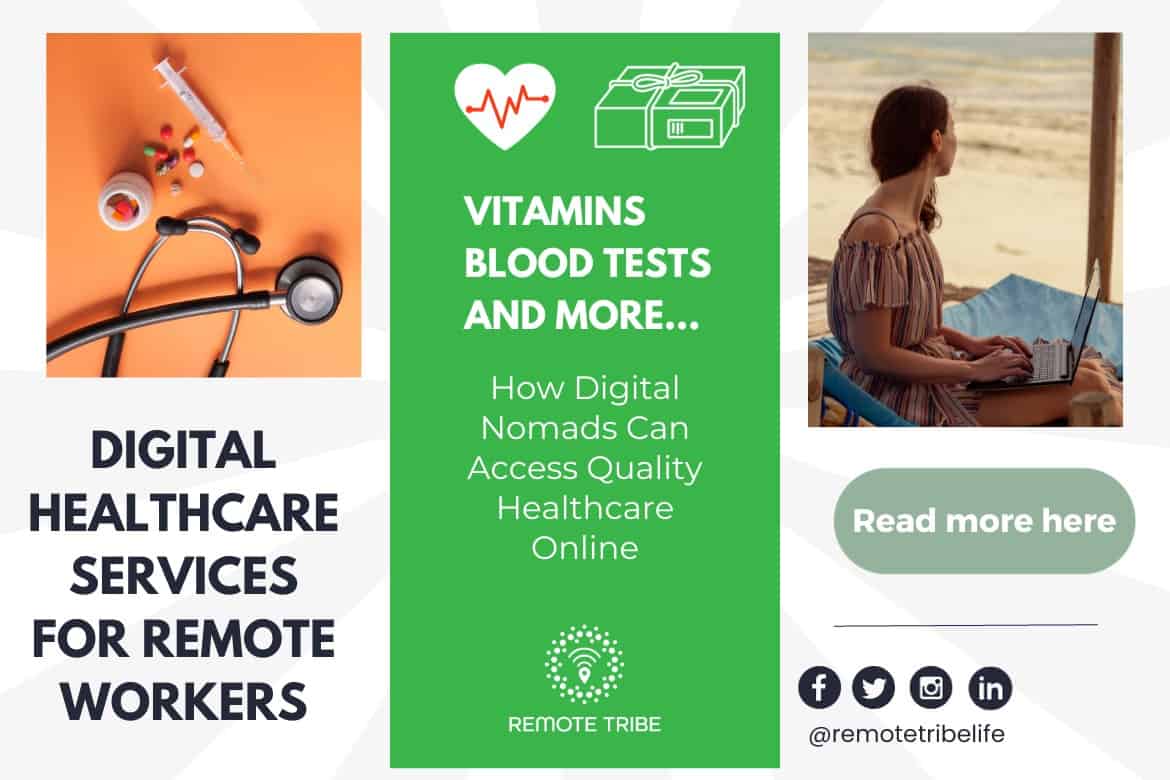Discover the Benefits of Subscription Based Healthcare for Affordable Medical Care
Discover the Benefits of Subscription Based Healthcare for Affordable Medical Care
Blog Article
The Surge of Subscription-Based Medical Care and Its Effect on Patient Care
As healthcare advances, the subscription-based version is obtaining grip, guaranteeing to transform client care by offering predictability and access. The possibility for these designs to reshape healthcare distribution increases pressing inquiries concerning their long-lasting sustainability and inclusivity. Are these subscription solutions the future of health care, or do they risk leaving vulnerable populaces behind?
Comprehending Subscription Medical Care Designs
Grasping the principle of subscription medical care models entails taking a look at a transformative technique to medical services that stresses price and ease of access. These models, often described as straight main care (DPC) or attendant medicine, have arised as ingenious choices to standard fee-for-service healthcare systems. Membership medical care enables people to pay a fixed month-to-month or annual charge for a specified set of clinical solutions, which may consist of unlimited office gos to, regular exams, and fundamental laboratory examinations, without the need for standard insurance invoicing.
The framework of subscription health care versions is designed to improve individual treatment by eliminating third-party payers and complex invoicing codes, therefore reducing management worries. Health care companies can concentrate extra on patient care, fostering stronger patient-provider partnerships. This version also promotes preventative care by encouraging routine sees, as the economic barrier of per-visit charges is removed.
The subscription model frequently equips doctor to take care of smaller sized person panels, enabling even more personalized treatment. It straightens monetary rewards with client health and wellness results, as companies are inspired to preserve patient fulfillment and wellness. In general, understanding subscription medical care designs needs recognizing their potential to improve just how care is provided and accessed.
Benefits for People and Service Providers

For suppliers, subscription-based designs use the opportunity to strengthen patient-provider connections. With a stable earnings stream, health care specialists can devote even more time per client, bring about a more thorough and personalized care experience. This design likewise decreases reliance over individual quantities, easing fatigue and boosting work satisfaction. Furthermore, the emphasis on preventive care within subscription strategies can bring about far better person end results and lowered lasting health care expenses. By concentrating on constant care, providers can address concerns before they escalate, inevitably profiting the healthcare system overall by reducing the concern on emergency situation and acute treatment services.
Obstacles and Concerns
While subscription-based medical care models existing numerous advantages, they also include a collection of challenges and problems that must be resolved. Accessibility stays a considerable concern, as these designs usually target individuals who can manage month-to-month charges, possibly get more excluding low-income populaces. This raises ethical concerns about fair access to healthcare solutions. Additionally, the diverse nature of subscription plans can cause complication amongst patients pertaining to coverage specifics, potentially resulting in unmet expectations or insufficient treatment.
Financial sustainability of subscription-based models is another concern. Providers must balance the fixed revenue from registrations with the variable expenses of health care solutions, which may change as a result of unpredicted clinical requirements. This can produce pressure to restrict services or rise costs, possibly influencing person satisfaction and care top quality.
In addition, regulative oversight of subscription-based healthcare versions is still progressing. The lack of standardized frameworks can result in irregular service quality and accountability, making complex efforts to make certain individual protection. The combination of technology-- commonly a cornerstone of these versions-- raises concerns about data personal privacy and protection, as delicate client details could be prone to breaches. Attending to these obstacles is important for the equitable and effective execution of subscription-based healthcare.
Influence on Patient-Doctor Relationships
One significant effect of subscription-based health care versions on patient-doctor partnerships is the potential for enhanced continuity and customized care. By embracing a registration model, physicians can handle a smaller sized person panel, allowing for more dedicated time with each individual. This enhanced accessibility promotes a deeper understanding of a client's medical history, way of life, and preferences, enabling much more tailored therapy plans and interventions.

However, it is essential to identify that while subscription-based designs may benefit those that can afford them, they can accidentally broaden healthcare differences. Individuals who are incapable to take part in these models could experience decreased access to individualized treatment, possibly influencing their relationships view website with doctor. Thus, while the membership model supplies appealing benefits for patient-doctor connections, it additionally presents challenges that require to be addressed to make sure equitable health care access.
Future of Health Care Access

The function of technology can not be ignored in this transformation. Telemedicine platforms and digital wellness records help with seamless communication between clients and healthcare carriers, damaging down logistical and geographical obstacles. In addition, advancements in artificial intelligence and information analytics can better individualize treatment by anticipating individual requirements and enhancing treatment plans.
Nonetheless, the future of medical care accessibility likewise offers difficulties, such as making sure equity throughout different socio-economic teams. Policymakers and doctor need to work together to bridge the electronic divide, making sure that subscription-based designs remain comprehensive and inexpensive. As these systems develop, they hold the guarantee of making medical care a lot more available, efficient, and patient-centric.
Conclusion
Subscription-based medical care models are improving patient treatment by supplying a secure price structure and boosting access. These designs reinforce patient-provider connections via personalized care and normal gos to, stressing preventative health. In spite of these advantages, challenges such as access issues for low-income populations and the requirement for fair healthcare services continue. The surge of subscription-based healthcare encourages positive individual involvement, which has the potential to improve client results and satisfaction, signifying a transformative change in healthcare delivery.
As healthcare evolves, the subscription-based version is gaining traction, guaranteeing to change client care by offering predictability and accessibility.Subscription-based healthcare versions supply unique advantages for both clients and companies, improving the overall healthcare experience.As medical care systems progress, the future of health care access regularly hinges on the integration of innovative models and modern technologies.Subscription-based medical care designs are reshaping individual care by giving a steady cost framework and enhancing ease of access. The surge of subscription-based health care urges positive patient involvement, which has the potential to boost client end results and fulfillment, signaling a transformative change in healthcare shipment.
Report this page